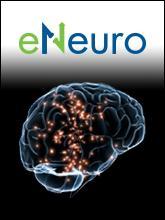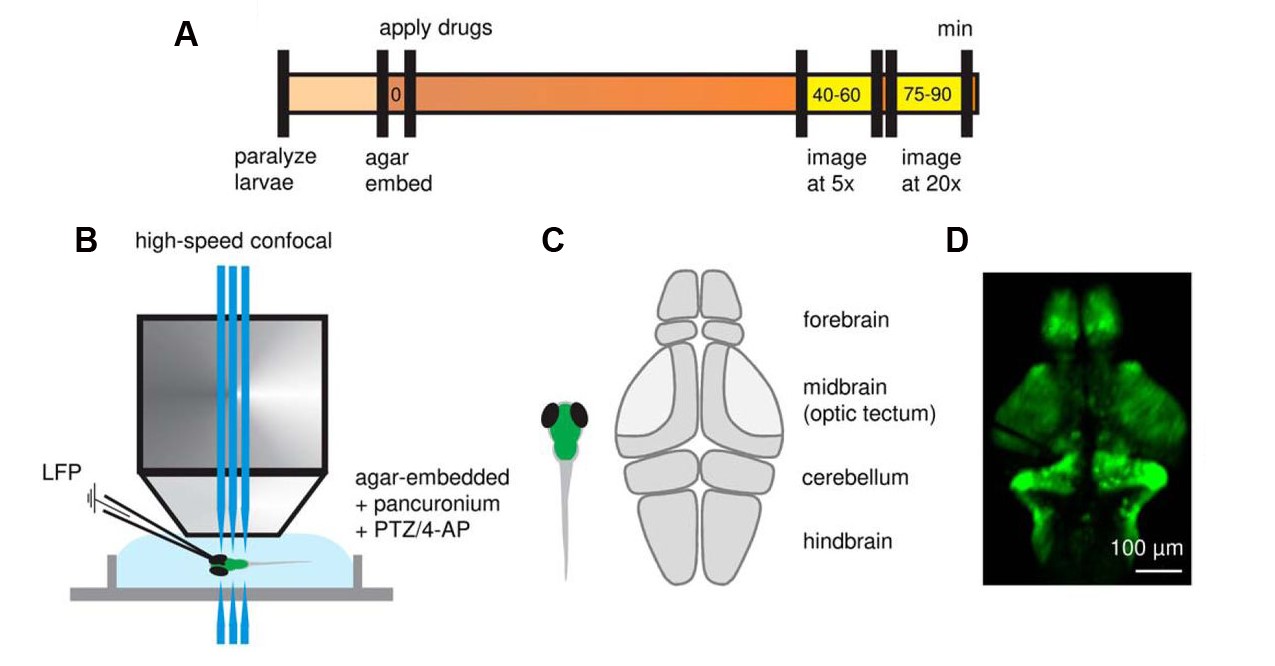PhD Candidate Ruilong Hu and Dr. Ricardo Araneda tell the story about their eNeuro publication that showed that the two predominant subtypes of inhibitory neurons in the main olfactory bulb, the granule cells and periglomerular cells, exhibit subthreshold resonance mediated by hyperpolarization-activated currents (Ih), as opposed to the primary output neurons, the mitral cells.
eNeuro has grown since it launched in November 2014, and just published its 1,000th article! To celebrate this milestone, we’ve curated the list below of top 5 most-cited articles and highest Altmetric scores from all the research published in the journal.
Authors used well-established seizure protocols and fast confocal imaging of genetically encoded calcium indicator-expressing zebrafish to investigate epileptic network properties at brain-wide and single-cell levels.
See the most shared articles of March/April 2019; Volume 6,Issue 2
Dr. Laura Blair tells the story about her first-author eNeuro paper that showed that mice with high expression levels of the FK506-binding protein FKBP51 have altered reversal learning and memory, which may be through direct regulation of neuronal activity by regulating AMPA receptors.
Authors show that excitation and inhibition of pyramidal neurons in different basolateral amygdala subdivisions promote auditory fear memory formation.
Authors used a novel method to show that selectively activating cholecystokinin-expressing GABAergic neurons subtly affects emotional behavior but surprisingly enhances multiple memory and cognitive processes.
Authors show that the same stress can elicit divergent morphological effects in astrocytes in the hippocampus versus the amygdala.
Authors show that the memory of eating a recent meal likely inhibits subsequent food consumption.
See the most shared articles of January/February 2019; Volume 6,Issue 1
FOLLOW US
TAGS
CATEGORIES
POPULAR POSTS
- Editor’s Pick: Bridging the translational gap to improve our understanding of OCD
- Beyond the Paper: A Conversation with Dr. Krishnakanth Kondabolu and Dr. Natalie Doig
- Snapshots in Neuroscience: In vivo and ex vivo cross-section images of tree shrew retinas
- Beyond the Paper: A Conversation with Dr. Naoki Shigematsu







 RSS Feed
RSS Feed




